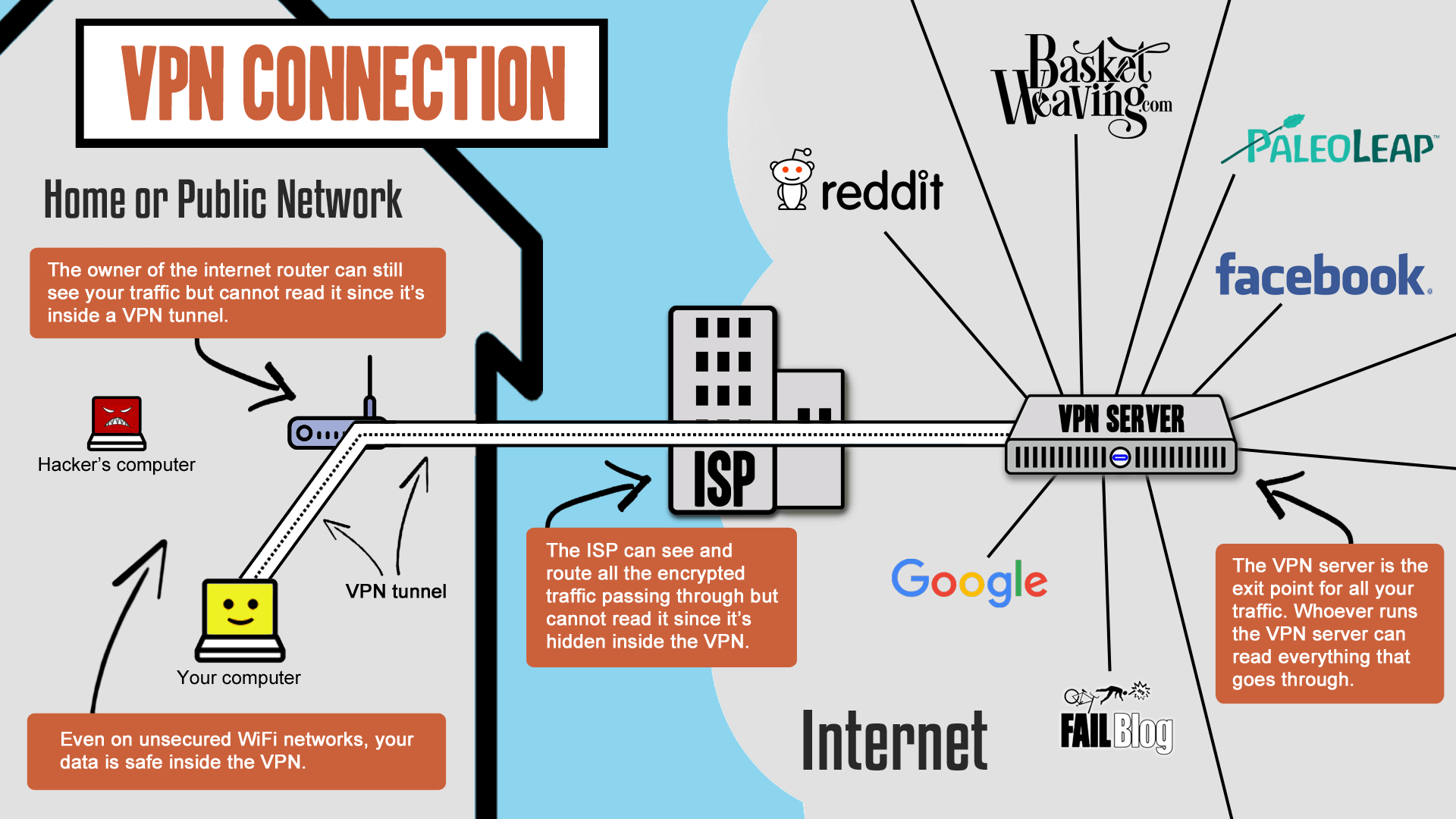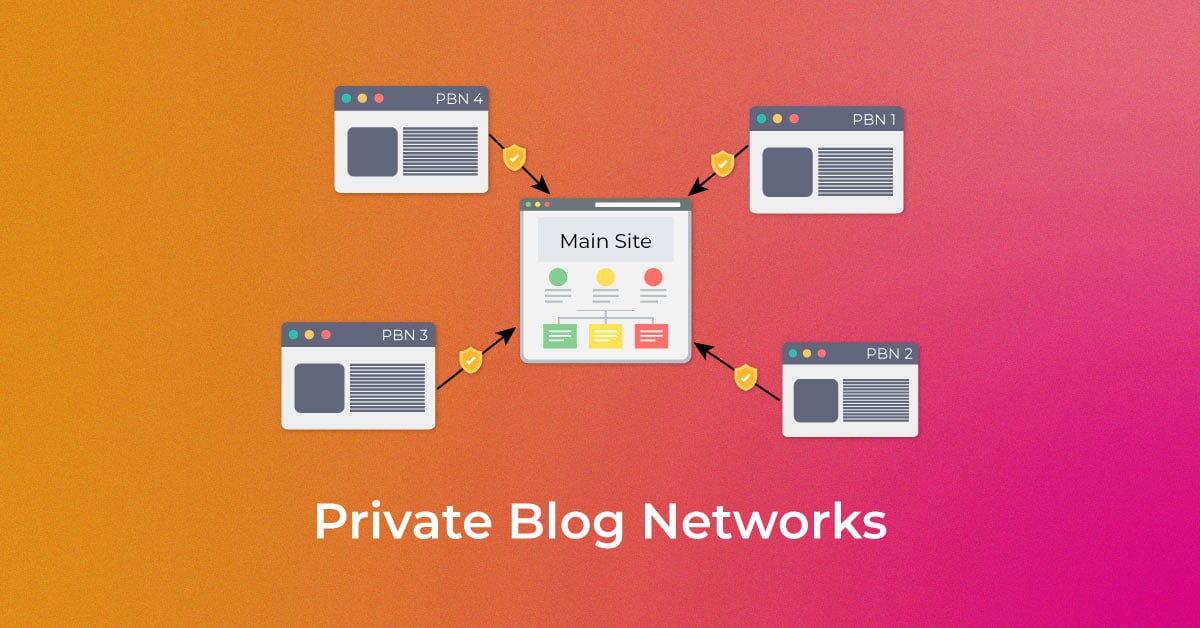All Categories
Featured
Table of Contents
- – What Is The Most Affordable Semantic Seo Audit...
- – How Much Does Advanced Semantic Seo Service Co...
- – Who Is The Top Nlp For Semantic Seo
- – The Leading Tools For Semantic Seo?
- – What Is The Most Trusted Nlp For Semantic Se...
- – What Is The Top Semantic Seo Checklist Brand...
- – How To Buy The Top Semantic Keyword Research
The web is transforming, ending up being an increasing number of semantic. Search engine optimization is also changing and becoming extra semantic. This is due to the fact that search engines have advanced and are moving an increasing number of towards reading web content on the internet. Naturally, that has actually likewise transformed the means we develop content, particularly if we want to rank better in the internet search engine.
Intertwingularity is not usually acknowledged, people keep claiming they can make things deeply ordered, categorizable and consecutive when they can not. Based on the connections in between search objectives, the search engine prefers a web content in placing by computing the range in between the vectors of definition.
It enables you to see, starting from a topic, all the entities that belong to that subject. This means you can plainly see which entities/concepts/ideas have actually currently been covered on your web site, and you can uncover brand-new possibilities by recognizing what web content you can add and just how to produce it.
What Is The Most Affordable Semantic Seo Audits Deal
It is able to make your material easy to understand for search engines on the one hand and for your target market on the other. Structuring your material version highlights your content and its hidden connections to ensure that internet search engine can identify you among thousands of items of info, making you much more visible to users that fulfill the search intent pertaining to your service.
In semantic SEO copywriting, an editor begins with a broader range of subjects and customizes the web content to include semantically pertinent terms and phrases that aid readers recognize a subject, comparable to checking out content in a wiki. From a material creating perspective, one functional method to do this is to create a vocabulary of terms and questions bordering your target topic.
How Much Does Advanced Semantic Seo Service Cost?
Learn a lot more regarding by watching the by!.

Semantic search refers to the process of exactly how search engines comprehend and match keywords to a searcher's intent in natural search results page. Before semantic search, search engines like Google ran like matchmakersaligning details words in your inquiry with those specific words on web pages. The results were uncomplicated but often lacked deepness.
Who Is The Top Nlp For Semantic Seo
It allows Google to supply fast, accurate answers to look queries concerning real-world subjects. When you kind a query word right into Google, you're not simply entering a series of words. You use a complex internet of significances and connections. Google's Knowledge Graph sees these words as entities with context and connections.
When you search for "Apple," Google does not just see a word that describes a fruit. It acknowledges Apple as a company and can provide associated details. Like the name of its chief executive officer, Tim Chef, or its most recent stock prices. Google introduced the Hummingbird update in 2013. It was Google's response to the rise of voice searches, where inquiries became a lot more conversational and nuanced.
The Leading Tools For Semantic Seo?
By incorporating NLP, Hummingbird enabled Google to relocate beyond mere keyword matching. It assisted the internet search engine comprehend search intent, boosting the odds that results would precisely match the factor behind an individual's search. As the third essential ranking variable after material and web links, RankBrain has actually improved Google's semantic search capacities to understand the definition of search queries.
Making it more reliable at managing never-before-seen search inquiries. RankBrain thinks about even more than just key phrases when examining a search query.
It fetches results that match the keywords and straighten with the total intent of offering young puppy training advice. And if the user frequently looks for dog-related material, Google may prioritize more detailed training guidesrecognizing the user's continuous interest in the topic. Incorporating modern technologies like the Expertise Chart, Hummingbird, and RankBrain, semantic search helps the Google algorithm translate and connect information across a substantial web of information.
What Is The Most Trusted Nlp For Semantic Seo Brand
The emphasis changes from keyword option to an all natural method encompassing user intent, topical significance, and total customer experience. Creating content that addresses the searcher's requirements with detailed info can boost your SERP rankings. Below, we outline the fads and techniques that combine the requirement for semantically informed content. Later, we give actionable suggestions to turn these insights into ideal practices.
And type of web content can best please their requirements. A wider strategy to content aligns much better with semantic search's change far from precise search phrase matching and towards user intent. Which clarifies the increased emphasis on topic collections, rather than individual keyword phrases. Content that covers search questions better not only satisfies users.
UX intends to produce an aesthetically attractive, straightforward user interface with interesting, top quality material that encourages site visitors to remain. Semantic search innovation allows search engines to intend for results that provide the ideal possible UX.
What Is The Top Semantic Seo Checklist Brand To Buy

All showcase Google's capacity to address a topic question adequately. By comprehending the context and intent behind customer inquiries, search engines can deliver extra relevant details and possibly increase individual involvement. Personalization in search results page creates better UX.Based on your past search background and choices as a user, semantic search assists search engines customize the outcomes to fit your one-of-a-kind requirements and passions.
It brings outcomes that match the key phrases and straighten with the total intent of providing puppy training advice. And if the user often looks for dog-related web content, Google may prioritize much more thorough training guidesrecognizing the user's recurring interest in the topic. Incorporating modern technologies like the Understanding Chart, Hummingbird, and RankBrain, semantic search helps the Google algorithm translate and link data throughout a vast web of info.
How To Buy The Top Semantic Keyword Research
The emphasis changes from keyword selection to an all natural technique including customer intent, topical significance, and total individual experience. Developing material that deals with the searcher's requirements with extensive details can boost your SERP positions.

And kind of material can best satisfy their needs. A wider approach to content aligns better with semantic search's change away from specific key phrase matching and towards user intent. Which explains the enhanced concentrate on subject collections, instead of specific search phrases. Content that covers search inquiries much more completely not only satisfies users.
And five times greater than websites that take 10 secs to tons. While technological search engine optimization makes sure ideal web site efficiency and availability, concentrating on individual experience (UX) takes it an action further. UX intends to create an aesthetically attractive, easy to use interface with engaging, top quality material that motivates site visitors to remain. Semantic search technology enables online search engine to aim for outcomes that give the very best possible UX.
All display Google's capacity to resolve a topic question thoroughly. By comprehending the context and intent behind customer questions, internet search engine can deliver extra relevant details and potentially boost individual involvement. Customization in search engine result makes for far better UX.Based on your past search background and choices as a user, semantic search helps online search engine tailor the outcomes to match your one-of-a-kind demands and passions.
Table of Contents
- – What Is The Most Affordable Semantic Seo Audit...
- – How Much Does Advanced Semantic Seo Service Co...
- – Who Is The Top Nlp For Semantic Seo
- – The Leading Tools For Semantic Seo?
- – What Is The Most Trusted Nlp For Semantic Se...
- – What Is The Top Semantic Seo Checklist Brand...
- – How To Buy The Top Semantic Keyword Research
Latest Posts
What Is The Most Effective Semantic Seo And Why
Which Is The Leading Semantic Seo Content Strategies Company
What Do Semantic Seo Content Analysis Services Include?
More
Latest Posts
What Is The Most Effective Semantic Seo And Why
Which Is The Leading Semantic Seo Content Strategies Company
What Do Semantic Seo Content Analysis Services Include?